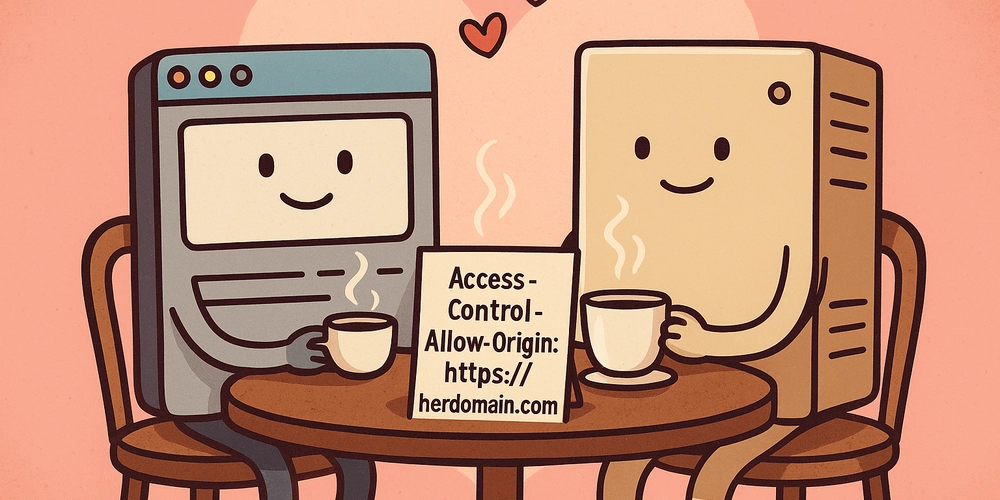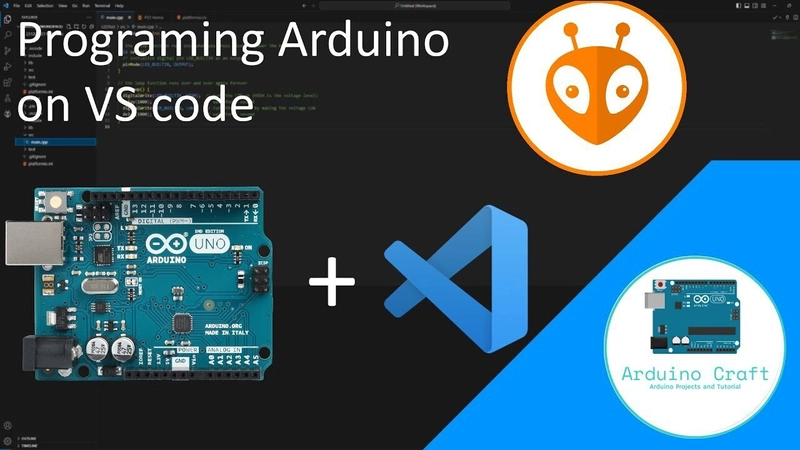Unlocking the Future: The Dynamics of Blockchain Project ICOs – A Comprehensive Guide
Abstract This post provides an in‐depth exploration of blockchain project ICOs – a revolution in the fundraising and investment space enabled by blockchain technology. We examine the mechanics of ICOs, discuss their historical background, and take a deep dive into key concepts such as whitepapers, token issuance standards, smart contracts, and regulatory challenges. In addition, we cover practical use cases, potential challenges, and future innovations in decentralized finance (DeFi) and digital asset fundraising. For further insights, we incorporate expert perspectives and related resources from authoritative sources like Ethereum, CoinMarketCap, EOS, Filecoin, and even several developer community posts on Dev.to. Introduction In today’s fast-paced digital economy, fundraising methods have transcended traditional boundaries. Blockchain project ICOs (Initial Coin Offerings) have emerged as a revolutionary mechanism that not only democratizes investment but also transforms the way startups and technology innovators raise capital. This model leverages blockchain technology to enable global participation, reduce intermediaries, and significantly lower fundraising costs. As an accessible alternative to conventional methods like venture capital and bank loans, ICOs have introduced a paradigm shift that challenges regulatory norms and opens up new opportunities for decentralized finance (DeFi). In this post, we will explore the compelling dynamics behind ICOs, the benefits and challenges they offer, and how evolving regulatory frameworks and innovations like Security Token Offerings (STOs) and Initial Exchange Offerings (IEOs) are reshaping the landscape. We will also reference our original article on ICO dynamics for an in-depth view of these developments. Background and Context The History of ICOs The origins of ICOs can be traced back to the cryptocurrency boom when projects like Ethereum (2014) pioneered the concept of token sales. ICOs were initially compared to Initial Public Offerings (IPOs), but instead of issuing shares of a company, blockchain projects distributed digital tokens. These tokens often carry intrinsic utility within a platform or ecosystem, driving investor interest and innovation. Key Definitions Blockchain Technology: The underlying technology that ensures decentralization, security, and transparency. Learn more about blockchain fundamentals in this introduction to blockchain. ICO (Initial Coin Offering): A fundraising event where digital tokens are sold to investors in exchange for fiat or cryptocurrency, akin to an IPO but focused on digital assets. Whitepaper: A detailed document that outlines the technical and business model of a blockchain project. For more background, see this Wikipedia article on White papers. Smart Contracts: Self-executing code protocols, most notably on platforms like Ethereum, that automatically enforce the terms of a contract. These contracts are critical for the functioning of ICOs. Decentralized Finance (DeFi): A broad category of financial services built on blockchain networks, promoting transparency and peer-to-peer transactions. Ecosystem Context The ICO ecosystem is intertwined with a broader ecosystem including exchanges, decentralized applications (dApps), and regulatory bodies. ICOs often rely on established token standards such as ERC-20 on the Ethereum network. Today, blockchain projects continue to evolve from ICOs to newer models such as STOs and IEOs. For instance, projects like EOS and Filecoin have leveraged ICOs to launch groundbreaking decentralized platforms. The broader blockchain project funding landscape also sees collaborations with angel investors and crowdfunding platforms, expanding into open source funding and community-driven governance mechanisms as highlighted in resources like Angel Investors in Blockchain. Core Concepts and Features How ICOs Work ICOs operate by issuing tokens through a process that begins with the creation of a comprehensive whitepaper. This whitepaper details: The project’s technology and objectives The role and utility of the token within the ecosystem Token distribution and fundraising targets Once the whitepaper is published, the project team deploys smart contracts on a blockchain platform, most often Ethereum, to handle the token sale. Investors purchase available tokens using cryptocurrencies such as Bitcoin or Ethereum, betting that the token’s value will appreciate as the project grows. Key Features: Global Access: Anyone with an internet connection can participate, democratizing investment opportunities. Efficiency: Digital processes reduce paperwork and speed up transactions. Liquidity: Tokens, once distributed, can typically be traded on numerous cryptocurrency exchanges, enhancing market liquidity. Innovation Catalyst: ICOs empower creative projects by providing
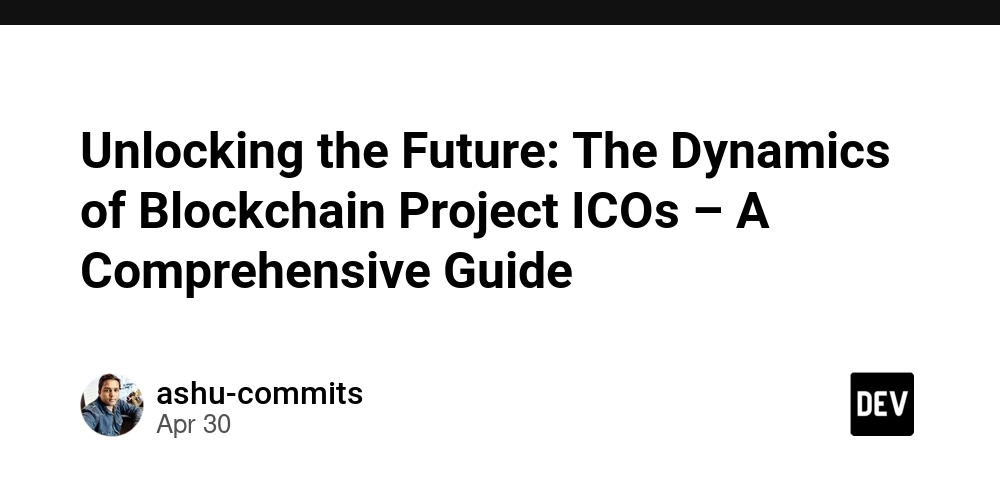
Abstract
This post provides an in‐depth exploration of blockchain project ICOs – a revolution in the fundraising and investment space enabled by blockchain technology. We examine the mechanics of ICOs, discuss their historical background, and take a deep dive into key concepts such as whitepapers, token issuance standards, smart contracts, and regulatory challenges. In addition, we cover practical use cases, potential challenges, and future innovations in decentralized finance (DeFi) and digital asset fundraising. For further insights, we incorporate expert perspectives and related resources from authoritative sources like Ethereum, CoinMarketCap, EOS, Filecoin, and even several developer community posts on Dev.to.
Introduction
In today’s fast-paced digital economy, fundraising methods have transcended traditional boundaries. Blockchain project ICOs (Initial Coin Offerings) have emerged as a revolutionary mechanism that not only democratizes investment but also transforms the way startups and technology innovators raise capital. This model leverages blockchain technology to enable global participation, reduce intermediaries, and significantly lower fundraising costs. As an accessible alternative to conventional methods like venture capital and bank loans, ICOs have introduced a paradigm shift that challenges regulatory norms and opens up new opportunities for decentralized finance (DeFi).
In this post, we will explore the compelling dynamics behind ICOs, the benefits and challenges they offer, and how evolving regulatory frameworks and innovations like Security Token Offerings (STOs) and Initial Exchange Offerings (IEOs) are reshaping the landscape. We will also reference our original article on ICO dynamics for an in-depth view of these developments.
Background and Context
The History of ICOs
The origins of ICOs can be traced back to the cryptocurrency boom when projects like Ethereum (2014) pioneered the concept of token sales. ICOs were initially compared to Initial Public Offerings (IPOs), but instead of issuing shares of a company, blockchain projects distributed digital tokens. These tokens often carry intrinsic utility within a platform or ecosystem, driving investor interest and innovation.
Key Definitions
- Blockchain Technology: The underlying technology that ensures decentralization, security, and transparency. Learn more about blockchain fundamentals in this introduction to blockchain.
- ICO (Initial Coin Offering): A fundraising event where digital tokens are sold to investors in exchange for fiat or cryptocurrency, akin to an IPO but focused on digital assets.
- Whitepaper: A detailed document that outlines the technical and business model of a blockchain project. For more background, see this Wikipedia article on White papers.
- Smart Contracts: Self-executing code protocols, most notably on platforms like Ethereum, that automatically enforce the terms of a contract. These contracts are critical for the functioning of ICOs.
- Decentralized Finance (DeFi): A broad category of financial services built on blockchain networks, promoting transparency and peer-to-peer transactions.
Ecosystem Context
The ICO ecosystem is intertwined with a broader ecosystem including exchanges, decentralized applications (dApps), and regulatory bodies. ICOs often rely on established token standards such as ERC-20 on the Ethereum network. Today, blockchain projects continue to evolve from ICOs to newer models such as STOs and IEOs. For instance, projects like EOS and Filecoin have leveraged ICOs to launch groundbreaking decentralized platforms.
The broader blockchain project funding landscape also sees collaborations with angel investors and crowdfunding platforms, expanding into open source funding and community-driven governance mechanisms as highlighted in resources like Angel Investors in Blockchain.
Core Concepts and Features
How ICOs Work
ICOs operate by issuing tokens through a process that begins with the creation of a comprehensive whitepaper. This whitepaper details:
- The project’s technology and objectives
- The role and utility of the token within the ecosystem
- Token distribution and fundraising targets
Once the whitepaper is published, the project team deploys smart contracts on a blockchain platform, most often Ethereum, to handle the token sale. Investors purchase available tokens using cryptocurrencies such as Bitcoin or Ethereum, betting that the token’s value will appreciate as the project grows.
Key Features:
- Global Access: Anyone with an internet connection can participate, democratizing investment opportunities.
- Efficiency: Digital processes reduce paperwork and speed up transactions.
- Liquidity: Tokens, once distributed, can typically be traded on numerous cryptocurrency exchanges, enhancing market liquidity.
- Innovation Catalyst: ICOs empower creative projects by providing necessary funds for pioneering solutions in fields like digital identity, decentralized finance, and more.
Fundamental Components of ICOs
Below is a bullet list of the essential components:
- Whitepaper: Offers a blueprint for the token and project.
- Smart Contracts: Rules defined on blockchains ensuring fair transactions.
- Token Standards: Protocols like ERC-20 enable token utility.
- Fundraising Goals: Offer transparency regarding how much capital is needed.
- Investor Incentives: Benefits such as early access to tokens and potential future earnings.
Table: Notable ICO Success Stories
| Project | Year | Funds Raised | Key Innovation | Link |
|---|---|---|---|---|
| Ethereum | 2014 | ~$18M | Smart Contracts | Ethereum History |
| EOS | 2017 | ~$4B | Scalable dApp Development | EOS About Us |
| Filecoin | 2017 | ~$257M | Decentralized Storage Networks | Filecoin |
Applications and Use Cases
Use Case 1: Decentralized Financial Systems
Many blockchain projects harness ICOs to fuel innovative financial services. For example, projects within the DeFi space raise funds to develop decentralized lending platforms, decentralized exchanges, and liquidity pools. Investors use tokens to participate in governance, stake for yields, or gain early access to revolutionary financial products. These functions are critical in decentralized finance where security and speed are paramount, and where tokens serve dual purposes as both investment vehicles and functional utilities.
Use Case 2: Tokenization of Assets
Tokenization is a process where real-world assets are transformed into digital tokens that represent ownership rights. ICOs enable the tokenization of assets such as real estate, art, and intellectual property. This technique not only opens up traditional investment markets to a global audience but also improves transaction transparency and reduces structural barriers. Digital assets created through tokenization can be traded on platforms such as CoinMarketCap Exchanges.
Use Case 3: Funding for Open Source Projects
Blockchain projects and open source initiatives often face similar challenges when it comes to funding. ICOs facilitate direct investments by the community, reducing reliance on traditional grants or venture capital. Projects can issue tokens embedded with smart contracts to represent licenses or rewards for contributions. For further insights into open source funding, check out Navigating Open Source Licenses – A Journey with Theta Drop.
Challenges and Limitations
While the ICO model offers many advantages, it also faces several technical and operational challenges:
Regulatory Uncertainty
- Cross-Border Issues: Different countries have varying regulatory frameworks leading to complications and legal uncertainties.
- Compliance Requirements: Modern ICO models now face increased regulatory scrutiny, demanding thorough investor protection measures. Regulatory compliance is critical to prevent fraudulent schemes, as evidenced by increased regulatory actions across jurisdictions.
For more regulatory insights, you might explore discussions on Arbitrum and Regulatory Challenges: Navigating the Evolving Landscape of Decentralized Finance.
Fraud and Scams
The relative anonymity and ease of creating ICOs have resulted in numerous fraudulent projects. Due diligence by investors is essential. Here are some cybersecurity practices to mitigate risks:
- Verify the Whitepaper: Ensure authenticity and technological feasibility.
- Examine the Team: Authentic team members and transparent project plans.
- Audit Smart Contracts: Use reputable audit firms to assess the contract’s security.
Market Volatility
Cryptocurrency markets are inherently volatile, and token prices can fluctuate widely. This volatility leads to unpredictable returns for investors, making the financial outcome of ICO investments highly speculative.
Technical Constraints
- Scalability: As blockchain networks grow, scalability can become a bottleneck, especially during high transaction periods.
- Security: Continuous improvements in smart contract technology are required to prevent exploits and attacks.
- Interoperability: Different blockchain platforms have challenges interacting with one another. Resources like Blockchain and Interoperability: Arbitrum and Ethereum Interoperability provide technical insights into these issues.
Future Outlook and Innovations
The future of ICOs is interwoven with technological advancements and regulatory clarifications, paving the way for more secure and transparent funding models. Some emerging trends include:
Evolution into STOs and IEOs
- Security Token Offerings (STOs): Unlike traditional ICOs, STOs are backed by real-world assets and fully comply with regulatory mandates. They provide a legal framework and robust investor protections.
- Initial Exchange Offerings (IEOs): Conducted directly on a cryptocurrency exchange, IEOs add a layer of security and credibility to token sales. Exchanges perform rigorous vetting of projects before listing, mitigating risks for investors.
Enhanced Investor Protection
Future ICO models are expected to integrate advanced fraud detection systems and real-time compliance monitoring. Transparent governance models, such as decentralized autonomous organizations (DAOs), will play a crucial role in ensuring fair practices and community oversight.
Integration with Emerging Technologies
Blockchain projects are increasingly intersecting with technologies such as artificial intelligence (AI), the Internet of Things (IoT), and smart contract auditing frameworks. These innovations not only enhance scalability and security but also open up new business models for tokenization and digital asset management.
For further discussion on the intersection of blockchain and emerging technologies, consider reading Navigating the Financial Landscape of Open Source Projects on Dev.to.
Industry Collaborations
Collaboration between traditional financial institutions and blockchain startups is gaining momentum. Financial giants are investing in blockchain research and forming partnerships to leverage digital asset technology. As public awareness and institutional adoption increase, blockchain project ICOs will likely evolve to become a more mainstream funding method.
Summary
In summary, blockchain project ICOs have transformed the fundraising landscape by leveraging blockchain technology to offer an efficient, global, and decentralized alternative to traditional capital raising. This post has provided an extensive review of:
- Abstract and Introduction: Overview of the ICO landscape and its revolutionary potential.
- Background and Context: Detailed history, definitions, and the ecosystem behind ICOs.
- Core Concepts and Features: How ICOs operate, including whitepaper components, smart contracts, and token standards.
- Applications and Use Cases: Real-world examples in decentralized finance, asset tokenization, and funding of open source projects.
- Challenges and Limitations: Discussions on regulatory issues, market volatility, technical limitations, and fraud risk.
- Future Outlook and Innovations: The evolution towards STOs and IEOs, enhanced investor protection measures, and integration with emerging technologies.
As regulatory frameworks become clearer and technologies mature, the innovative spirit of blockchain project ICOs will likely drive further evolution in decentralized finance and digital fundraising models. The dynamic interplay between technology, regulation, and investor protection continues to shape the future of blockchain funding, offering immense opportunities for both developers and investors.
Additional Resources and References
For those interested in further reading, please review these authoritative sources:
- What is Blockchain?
- White Paper – An Overview
- Ethereum – Leading Blockchain Platform
- CoinMarketCap Exchanges
- EOS – Scalable dApp Platform
- Filecoin – Decentralized Storage Network
Also, check out insightful Dev.to posts:
- Navigating the Challenges of Open Source Monetization
- Unveiling Eclipse Public License 2.0: A Deep Dive
- Arbitrum and Regulatory Challenges: Navigating the Evolving Landscape
Final Thoughts
Blockchain project ICOs represent a milestone in the journey toward democratized capital markets and decentralized finance. They embody both the promise of technological innovation and the challenges that come with pioneering approaches in regulation and security. As the technology evolves and global collaboration increases, we can expect ICOs to serve not only as a catalyst for innovation but also as a bridge between traditional finance and the decentralized future.
By understanding both their potential and pitfalls, investors and developers alike can navigate this dynamic ecosystem with greater confidence and clarity. Whether you are a blockchain enthusiast, a developer exploring innovative funding mechanisms, or an investor eager to participate in the digital asset revolution, the future unlocked by ICOs is ripe with possibilities.
Embrace innovation, remain diligent in due diligence, and stay informed about the regulatory and technical advancements that continue to shape the blockchain project ICO landscape.
Keywords: blockchain project ICO, fundraising, blockchain technology, token sale, digital assets, smart contracts, whitepaper, investor protection, regulatory compliance, decentralized finance (DeFi).



































































































































































![[The AI Show Episode 145]: OpenAI Releases o3 and o4-mini, AI Is Causing “Quiet Layoffs,” Executive Order on Youth AI Education & GPT-4o’s Controversial Update](https://www.marketingaiinstitute.com/hubfs/ep%20145%20cover.png)













































































































































































































































































































































































![Google Home app fixes bug that repeatedly asked to ‘Set up Nest Cam features’ for Nest Hub Max [U]](https://i0.wp.com/9to5google.com/wp-content/uploads/sites/4/2022/08/youtube-premium-music-nest-hub-max.jpg?resize=1200%2C628&quality=82&strip=all&ssl=1)







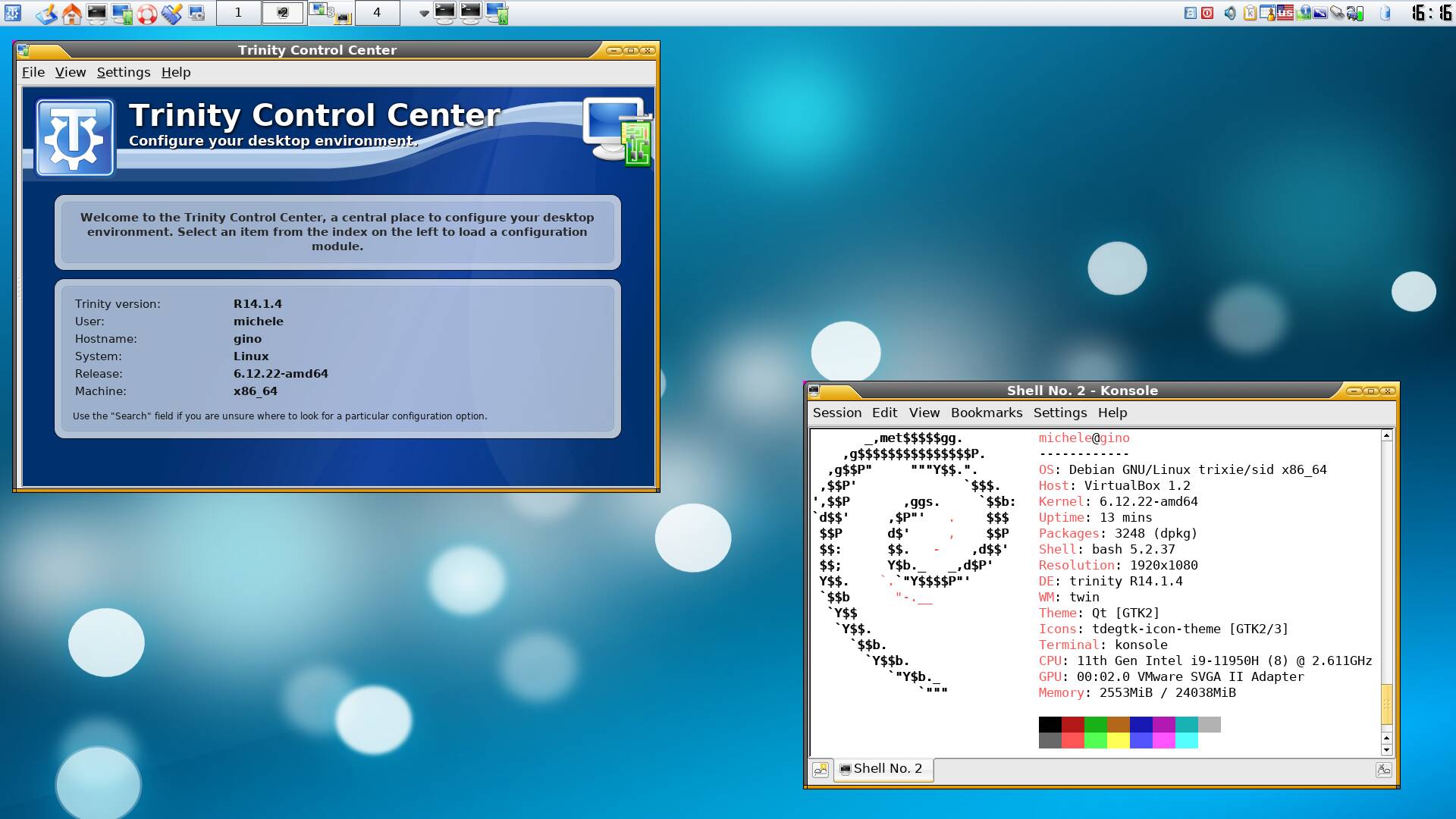

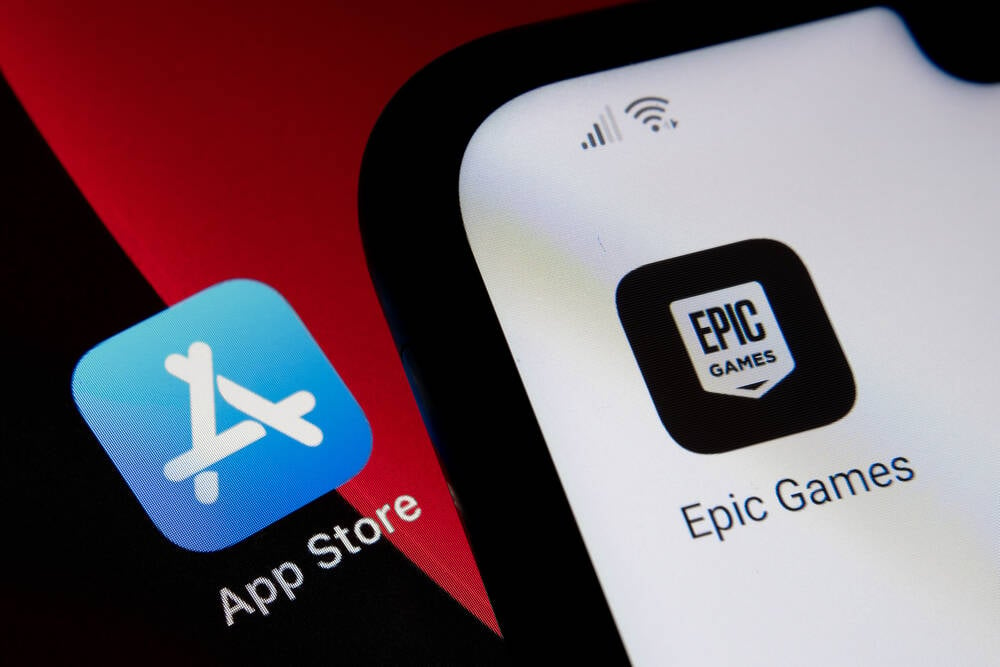
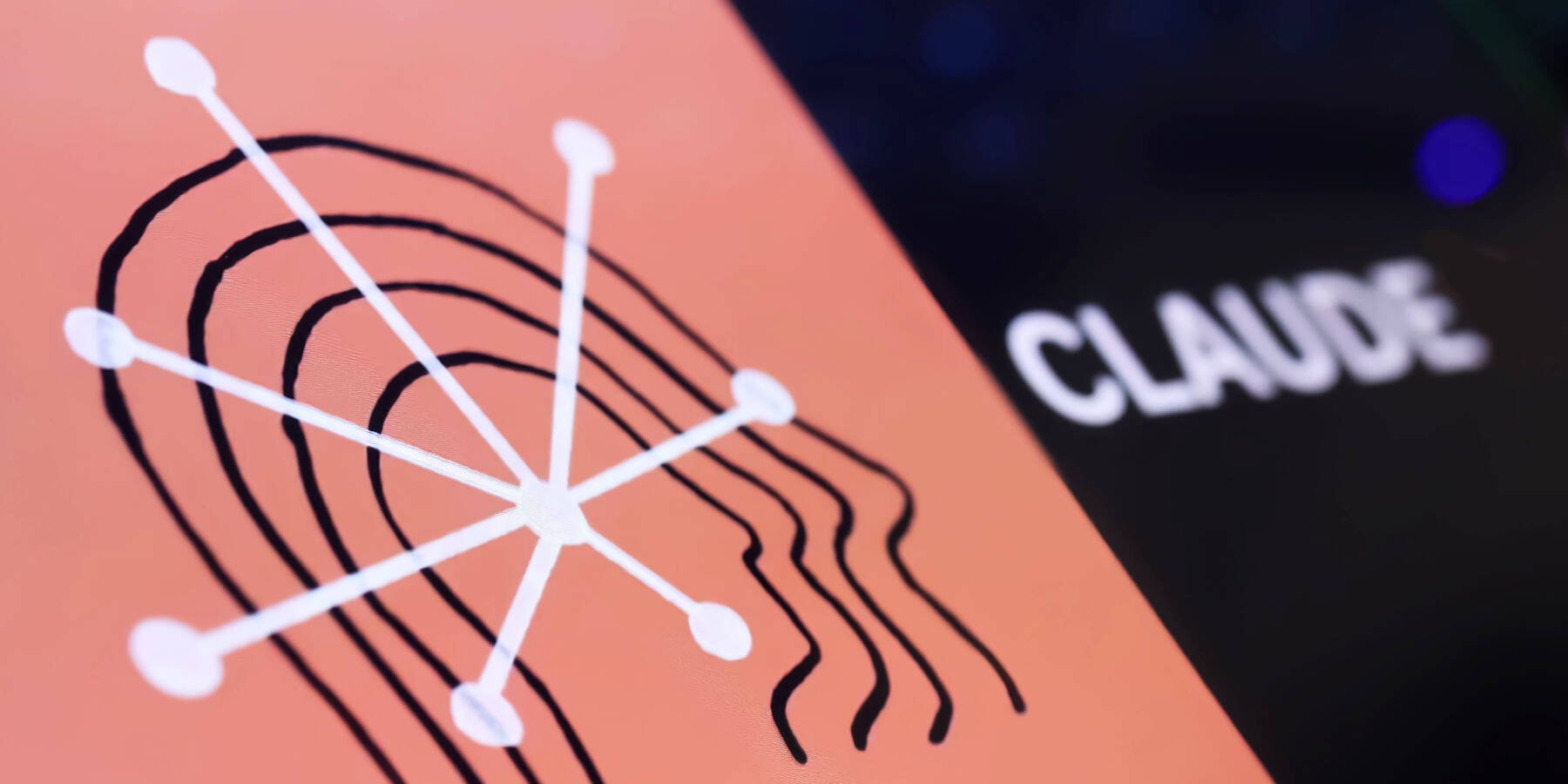
















































![Epic Games Wins Major Victory as Apple is Ordered to Comply With App Store Anti-Steering Injunction [Updated]](https://images.macrumors.com/t/Z4nU2dRocDnr4NPvf-sGNedmPGA=/2250x/article-new/2022/01/iOS-App-Store-General-Feature-JoeBlue.jpg)

























































